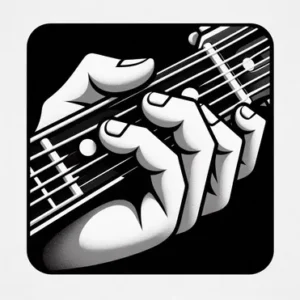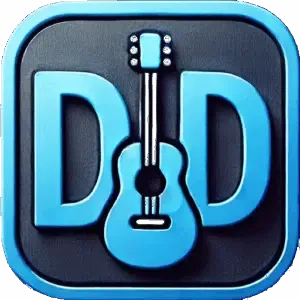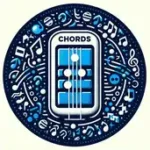Chords the building blocks of music

A guitar chord is a combination of notes played simultaneously on a guitar. It forms a harmonic sound and is typically used to accompany melodies or provide rhythm in music. Here’s a breakdown of the key elements of a guitar chord
Components of a Guitar Chord
Notes: A chord consists of specific notes that are harmonically related. For example, a basic C major chord contains the notes C, E, and G. Fingering refers to placing your fingers on specific frets and strings to form the chord shape. Fingering diagrams or tabs often guide players.Strumming/Picking: The chord is sounded by strumming or picking the strings with the right hand (for right-handed players) while the left-hand presses the strings on the fretboard.
Types of Guitar Chords
- Open Chords: Use open strings (strings not pressed down). These are commonly taught to beginners.
- Example: G major, D major, E minor.
- Barre Chords: Use one finger (usually the index) to press down multiple strings across the same fret, forming a movable chord shape.
- Example: F major, B minor.
- Power Chords: Simplified chords using only two or three notes (usually the root and fifth). Prevalent in rock and metal music.
- Example: G5, A5.
- Advanced Chords: Include suspended, seventh, diminished, and augmented variations for more complex harmonies.
- Example: D7, Cadd9, Gsus4.
Chord Diagram
- A chord diagram visually represents how to play a chord:
- Vertical lines: Represent the guitar strings (low E to high E).
- Horizontal lines: Represent the frets.
- Dots: Indicate where to place fingers.
- O or X: Indicate whether a string should be played open (O) or muted (X).


